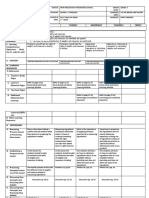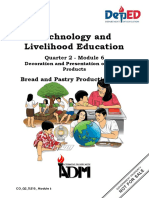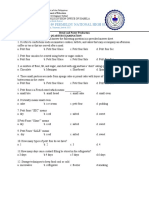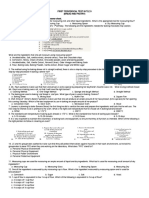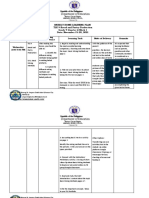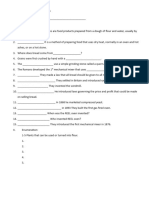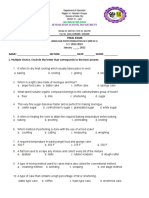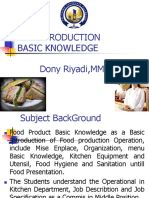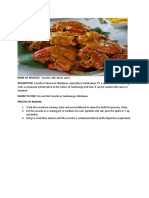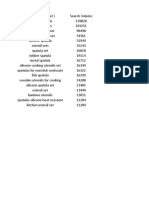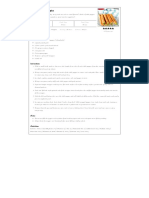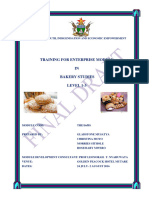0% found this document useful (0 votes)
280 views3 pagesSample Questions For BPP Ncii
sample questions for bpp ncii
Uploaded by
ikigaiCopyright
© © All Rights Reserved
We take content rights seriously. If you suspect this is your content, claim it here.
Available Formats
Download as PDF, TXT or read online on Scribd
0% found this document useful (0 votes)
280 views3 pagesSample Questions For BPP Ncii
sample questions for bpp ncii
Uploaded by
ikigaiCopyright
© © All Rights Reserved
We take content rights seriously. If you suspect this is your content, claim it here.
Available Formats
Download as PDF, TXT or read online on Scribd
/ 3






